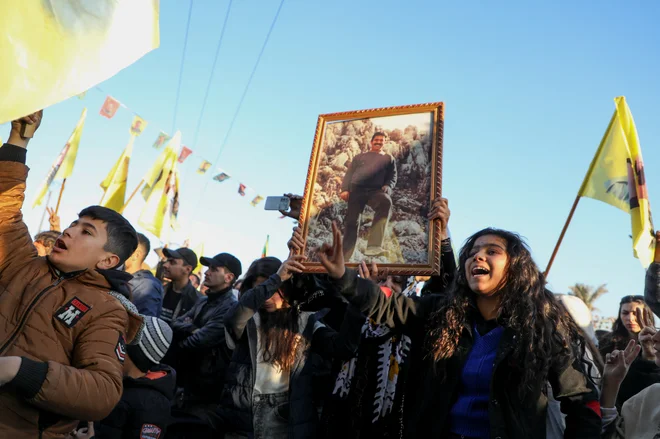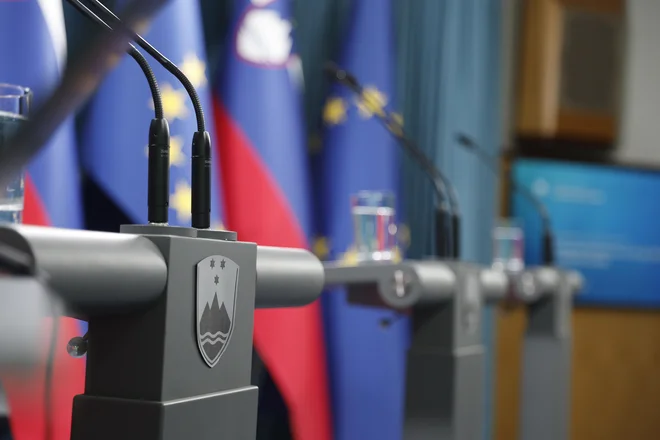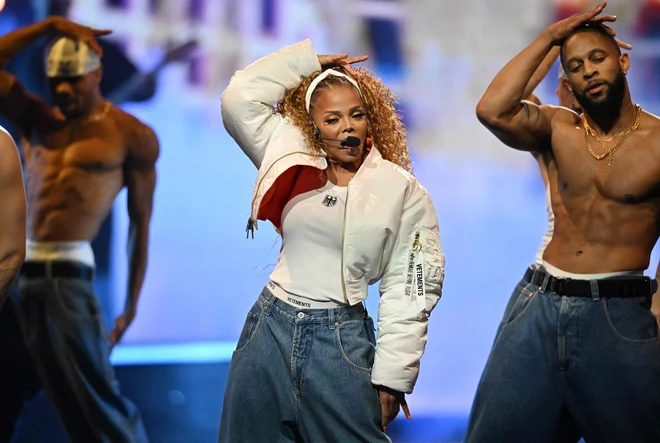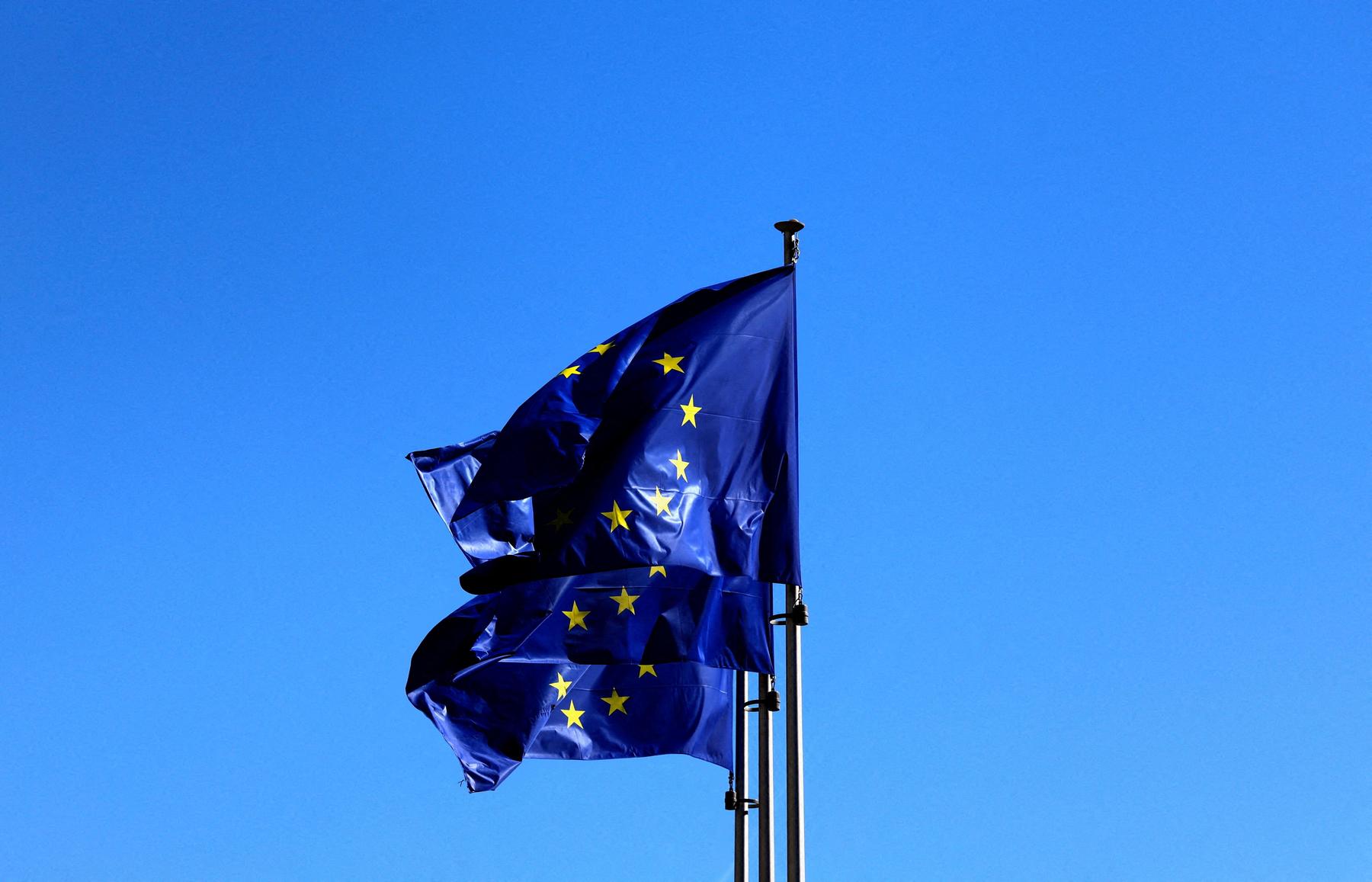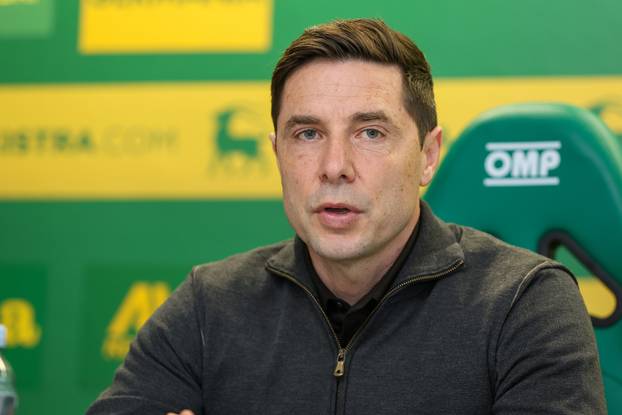Sports should be a source of joy rather than stress
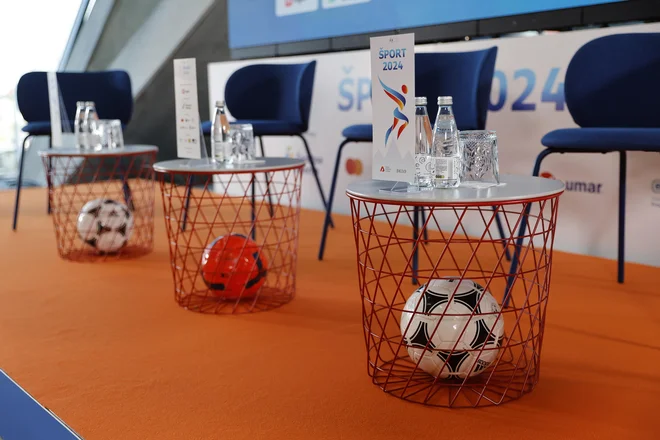
Businesses support athletes who advocate important social topics such as equality, health, ecology and the like. Namely, brands no longer offer classic jersey logos, but create unique experiences for fans, she stressed in an interview Milena Fornazaricdirector of Arista Plus, who is a program partner Sports 2025: From sports passion to business success.
There are also rapid changes in sports. In both top and recreational sports, new sponsorship models are crucial for the development and success of athletes, clubs and societies. What is a sponsorship trend now?
Undoubtedly, as in all areas of our lives, it is one of the most important highlights in digitizing and personalizing sports, as companies invest money in digital and interactive campaigns because they want to address their target group more directly and efficiently. Sponsorship is moving to social networks where athletes and clubs create content (such as Instagram, Tiktok, YouTube), which allows for greater involvement of fans. Traditional sports sponsorships are increasingly intertwined with e-sports, which is rise and attracts younger generations and technology companies. Classic sports sponsors, such as car brands, food companies and financial institutions, are also investing in this segment.
Sponsors are now choosing to cooperate with athletes and organizations that are in line with their values. Social responsibility, sustainable development and involvement are becoming an important part of sponsorship strategies. Companies support athletes who advocate important social topics (equality, health, ecology and so on). The brands no longer offer classic jersey logos, but they create unique experiences for fans. An example is VIPs, exclusive access to players, or interactive platforms on which fans can work with athletes. More and more sponsors are coming from the world of cryptocurrencies and blockchain. NFT (irreplaceable tokens) allow clubs to new modes of monetization, such as selling digital souvenirs or exclusive content.
At the forefront are the stories of athletes, their daily lives and training, which allows for a more emotional connection with the audience.
Companies are also opting for models where financial support grows proportional to successes (victories, records, rankings). Brands sponsor the creation of content that includes athletes (views, documentaries, podcasts). At the forefront are the stories of athletes, their daily lives and training, which allows for a more emotional connection with the audience. Companies are increasingly focusing on direct sales through athletes and clubs, not just classic advertising, such as the use of unique promotional codes and personalized recommendations shared by athletes on their channels.
Sponsors are investing in interactive experience where fans through VR/AR technology can experience sports in a new way – for example, NBA provides virtual match transfers where advertising is dynamically adjusting to the user according to its location and preferences. However, companies can support more small athletes or teams instead of large sponsorship contracts. This allows brands to access niche audiences without very high costs, for example, local brands support young talents in exchange for promotion on social networks.
What challenges, in your opinion, are still awaiting us in the future?
Pure sport day is a very important initiative as it is a long -term change in sports values. Photo Leon Vidic
The economic and geopolitical conditions have a profound impact on the sponsorship market. Inflation and economic uncertainty can reduce the willingness of companies to invest in sports, which will force clubs and athletes to find new funding sources. Questions about ethics in sponsorships arise. In addition, stricter advertising and financing laws can affect club revenues.
A particular challenge is to promote young generations interest. Younger generations have different consumer habits, which means that traditional sponsorship forms no longer work the same as they used to. Sports organizations must innovate and adjust their content to maintain interest. Sponsors and clubs will have to take into account sustainable aspects as they are under pressure from the public and regulators. This means greater orientation to ecological solutions, reducing carbon footprint and sustainable development. Local clubs and athletes are increasingly difficult to compete with large international organizations that have access to global sponsors. This means that they will have to look for unique approaches to attract partners and investors.
In sports, they also started removing different taboos, with the challenges of mental health, burnout, pressure of perfectionism and high expectations. The fact is that they are not only in top but also in recreational sports. What measures should be taken immediately and what are prevention options? What has proven to be the most effective method abroad?
Mental health should become as important as physical fitness. Immediate action involves eliminating stigma, more psychological support and better balance between pressure and enjoying sports. Foreign models already prove that a holistic approach can greatly improve the situation. Clubs, associations and sports organizations must ensure regular accessibility of sports psychologists. Psychological help should not be something that athletes go only in crisis, but constant support such as physiotherapy. Education for coaches, athletes and parents about mental health and techniques for stress management are essential.
Athletes need to know that finding help is a sign of power, not weakness. Expectations and pressures should also be balanced, especially for young athletes, who are often under pressure from parents and coaches. It is important for coaches to set realistic expectations and encourage pleasure in sports, not just results. The Norwegians have « Joy of Sport », with an emphasis on enjoying sports, not just results. Young athletes under 12 have no official scales and results to reduce pressure and develop a love of movement.
Coaches and medical staff must have systematic protocols to identify stress, anxiety and burnout symptoms. Talks about mental health should be a regular part of team meetings. Mental training should be part of the daily activities of athletes, including techniques such as visualization, breathing exercises and meditation. In German football clubs (for example, Bayern, Dortmund), the psychologist is part of the professional team, just like a fitness trainer, the NBA competitors have 24-hour accessibility to professional staff.
Although the most talked about top athletes, recreational athletes also experience burnout and pressure. It is important to raise awareness that recreation remains a source of joy and health, does not stress. Former athletes who know all these stresses can be a great example and mentors. The media also play an important role, which by emphasizing some also commercially, not only sports -successful stories, especially in the US, give the wrong example to parents who expect their children to serve millions.
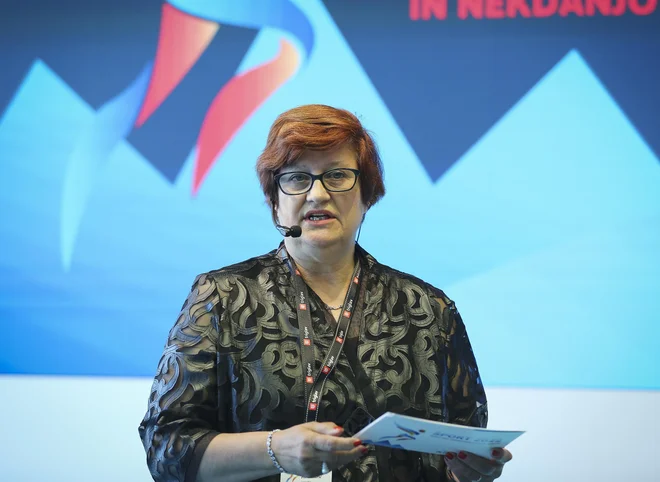
Athletes need to know that finding help is a sign of power, not weakness, says Milena Fornazaric. Photo: Jože Suhadolnik/Work
In the campaign Sports is a life was issued this year’s manual More sports, less screen: Recommendations for using screens in young athleteswho were prepared in collaboration with the Center for Assistance in Excessive use of the Logout Internet and the Psychologists’ Association – Section for Sports Psychology. The manual is intended for both elementary schools and providers of the annual sports program. Will this guide be enough or how should you still upgrade in this area?
The manual is a great initiative, but it really needs to be introduced into everyday practice. The most effective will be the combination of training coaches and parents, the introduction of digital « detox » rules and smart use of technology. If the manual becomes part of a systematic strategy, it can affect the health and performance of young athletes in the long run. It would be recommended that coaches have compulsory workshops and webinars where experts would explain when the use of screens is harmful and when useful. The same is true of parents who often do not find themselves between sports and a desire to relax or party. The use of smart technology is not only harmful.
Sports psychologists should help young athletes develop healthy digital habits, as overuse of screens affects sleep, concentration and motivation. Instead of a ban, it makes sense to develop mobile applications (such as smartwatches with activity tracking features, but with restrictions in passive screen use) that help young people control the time from screens and promote more movement.
There are quite a few examples from abroad: for example, Denmark, where the youth sports teams have « screens-free zones » (areas without screens) in dressing rooms and training, and Sweden, where clubs run programs where players record time ahead of screens and compare results with sports progress. In the US, however, some sports programs are introducing evening digital detoxification (limiting screens at least two hours before bed), which improves athletes regeneration.
In your estimation, what kind of message and long -term effects brings a day of pure sport that has grown into a global movement, whose campaign alone has reached almost 200 million impressions and 260,000 interactions on social networks alone? In Slovenia, too, on April 11, a video is held, in which athletes illustrate their efforts and dedication to pure sports.
Pure sport day is a very important initiative, as it is not just a day event, but a long -term change in sports values. As the movement has become global and reaches crowds through social networks, it has a strong impact on athletes of all levels – from recreational people to top professionals. In an age, when athletes are often under pressure to resort to illicit means, the campaign emphasizes the importance of hard work and fair play. It gives young athletes the right role models and promotes values, such as discipline, hard work and healthy ways of achieving success, and raising awareness of the risk of doping.
Psychological help should not be something that athletes go only in crisis but constant support,
such as physiotherapy.
A strong influence on social networks allows the message to reach those who are not directly involved in sports, so it is also necessary to talk about healthy eating, benefits of movement and the like. The messages are long -term, it is a change in values in sports and society, which affects both athletes and sponsors as well as fans.
How do you evaluate the proposal to establish a national career center for athletes as key to long -term double career challenges and involvement of athletes in society?
Many athletes are facing difficulties in moving from competitive careers to another career, which can affect their financial security, mental health and social inclusion. Athletes would already be able to access career counseling, education and employment opportunities and individual career plans during an active career.
Such a center would promote the possibility of e-learning and cooperation with employers who understand the specific needs of athletes. The center would allow for practical training, connecting with employers and mentoring former athletes. At the same time, the center would provide psychological assistance in coping with stress, loss of identity and seeking a new mission. Foreign practices show that such programs produce excellent results (France, Sweden, USA…).

